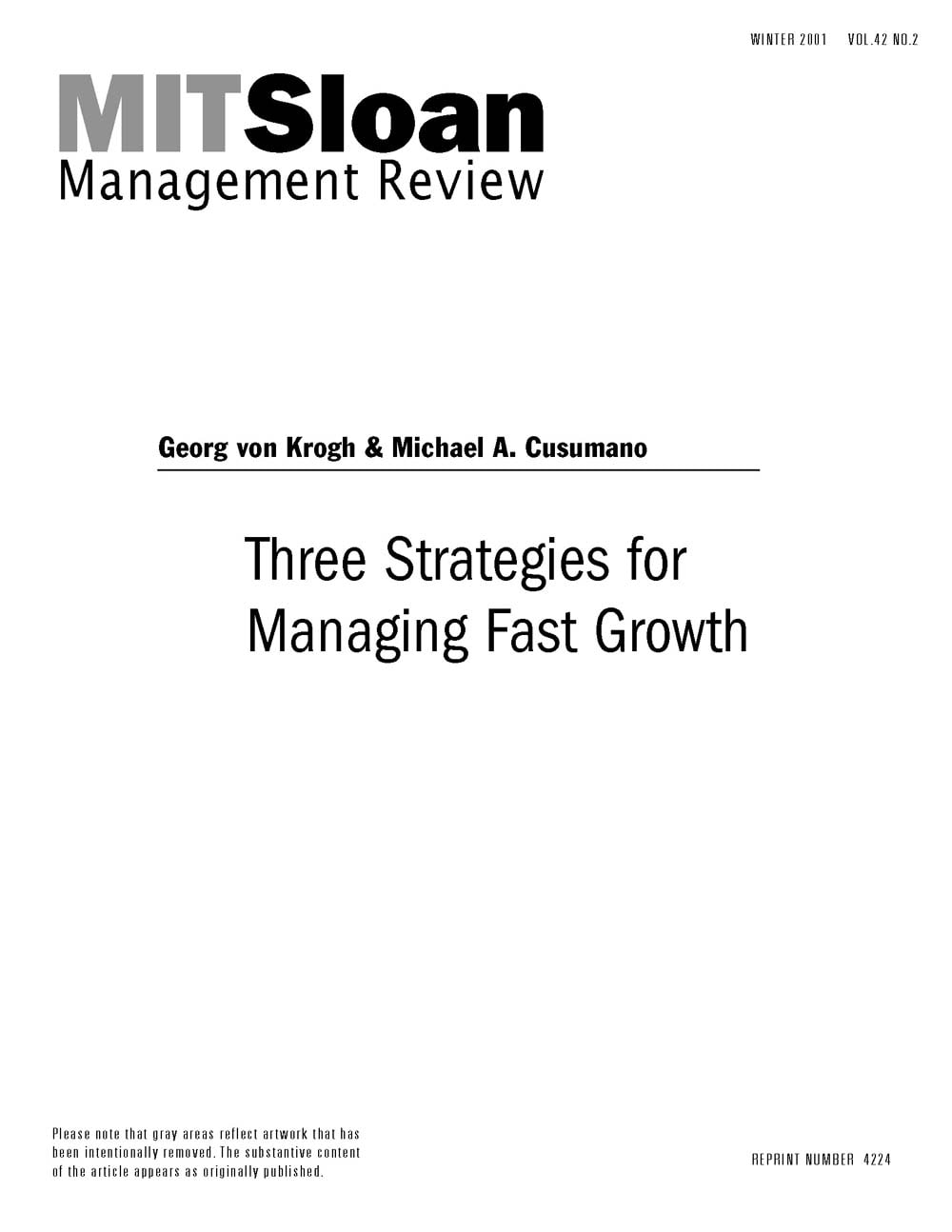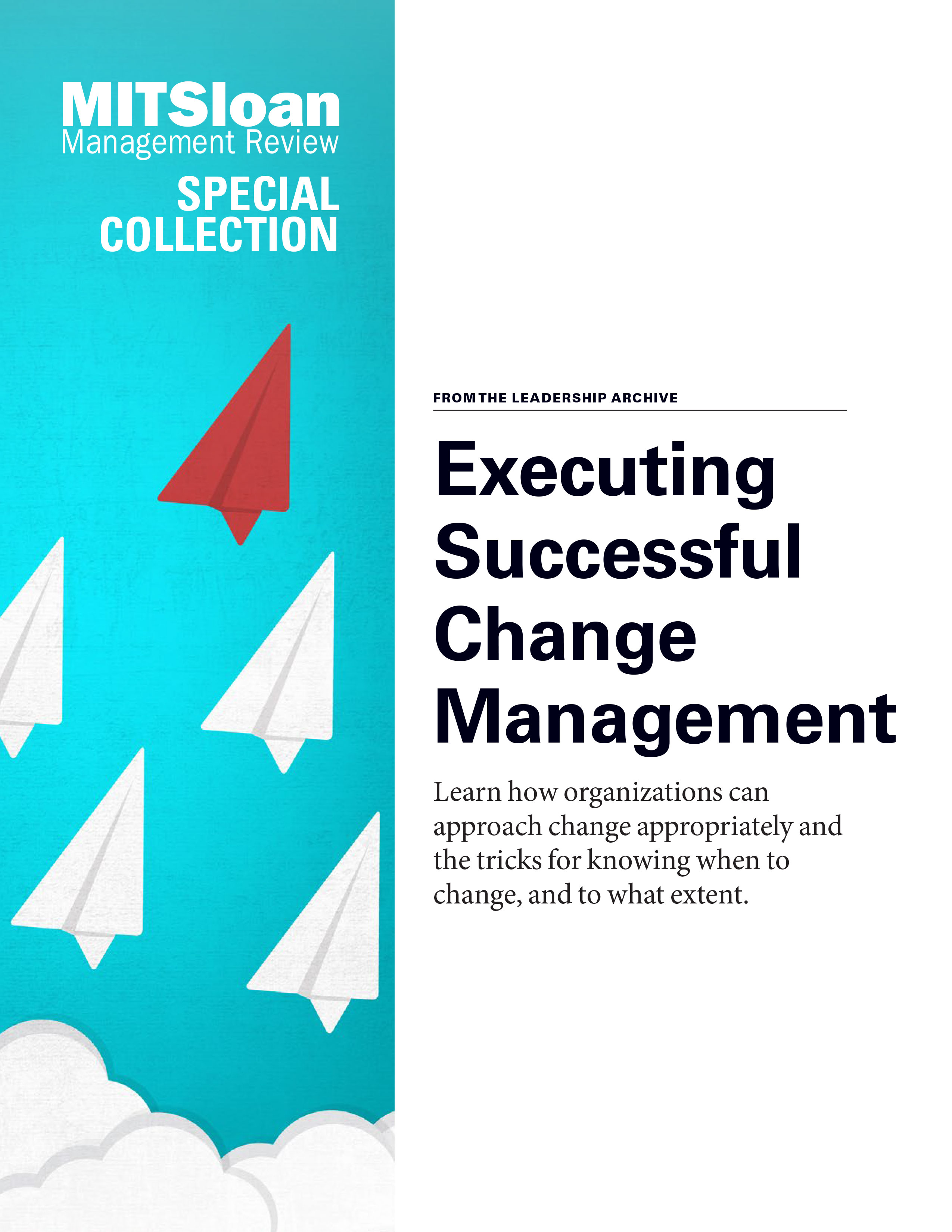
Three Strategies for Managing Fast Growth
To grow steadily and avoid stagnation, a company must learn how to scale up and extend its business, lengthen its expansion phase, and accumulate and apply new knowledge to products and markets faster than competitors.
Managers can't leave growth to chance. They need a plan that renders consistent sales growth over the long term -- one that captures management's vision for expansion and that addresses the product and market combinations the company intends to pursue, the size it hopes to achieve in a particular time frame and the know-how and organizational structures needed.
Such planning has an internal focus. It aims to help a company exert more control over its own fate as it rises to external challenges. Three thriving companies demonstrate three different strategies in action.
The Netscape experience shows how a company can scale up -- do more of what it already does well. Netscape went from $80 million in sales in 1995, its first full year of operation, to $500 million just three years later.
IKEA used duplication -- repeated the business model in new regions. Established in 1954 as a small domestic furniture manufacturer and retailer in Sweden, by 1999 IKEA had 50,000 employees and a presence in 25 countries. As the authors explain in depth, IKEA's success is tied to the way it manages and transfers knowledge.
SAP's growth strategy is an example of granulation -- growing select business units. SAP started with a basic enterprise-resource-planning system, then moved to multiple products for e-commerce and Internet activities. Using one product as a platform, it began allowing customers to fine-tune virtually any resource-planning system.
The authors emphasize the importance of combining strategies for growth with explicit strategies for learning. Companies must decide what kind of growth strategy they want to pursue, given their capabilities and market opportunities. They must then make the strategy work by changing their structure and processes in a way that lets them acquire or create specific knowledge about new technologies, customers and industries. The integration of growth strategies and learning strategies is at the heart of success.




